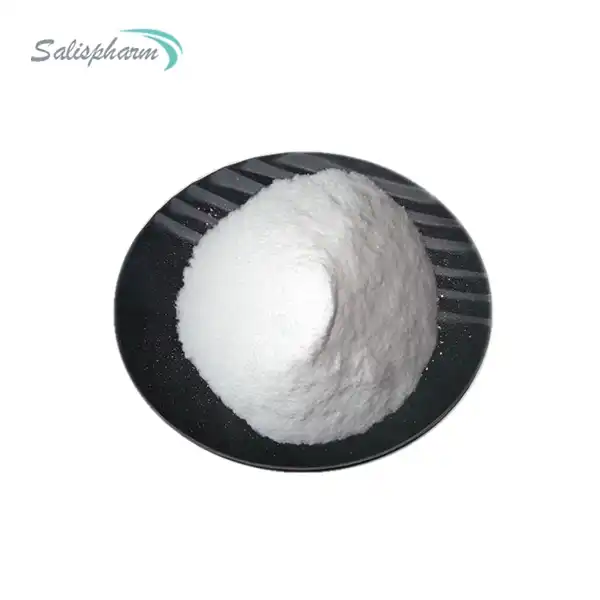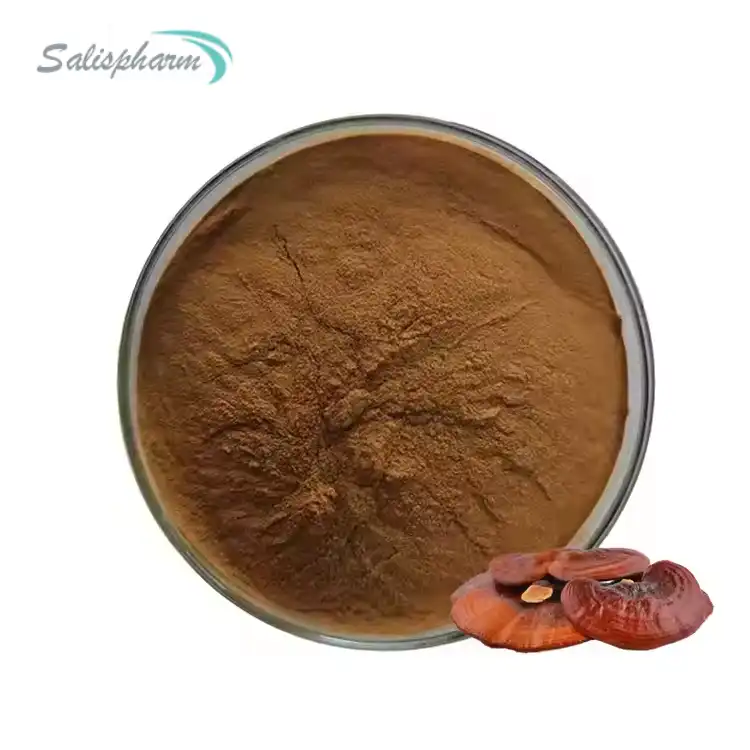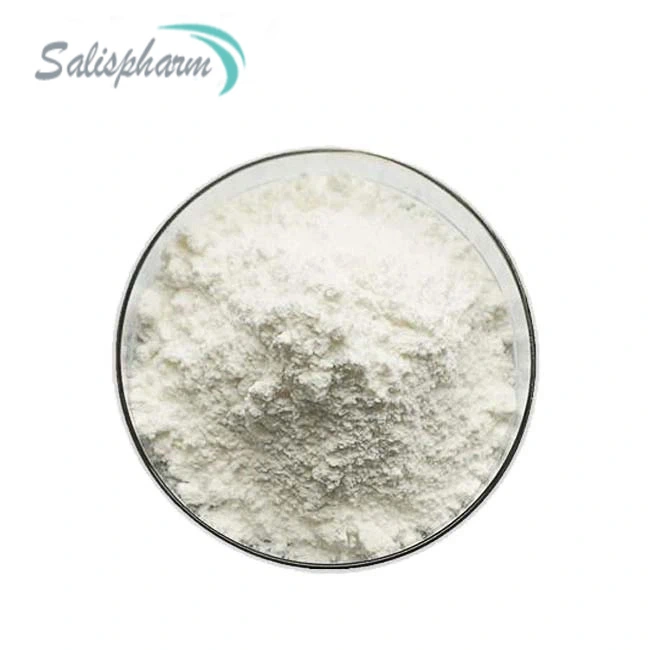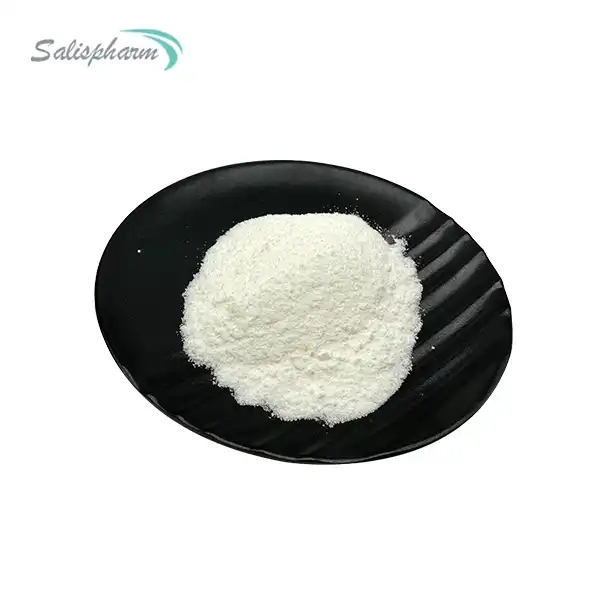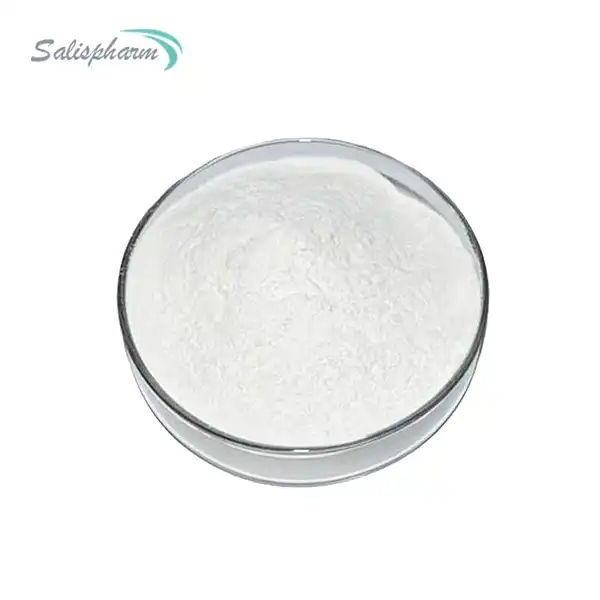Hydrocortisone and betamethasone are both corticosteroids, a class of medications used to treat various inflammatory conditions. However, they differ in their potency and potential side effects. In this article, we'll explore the differences between these two medications, focusing specifically on betamethasone powder.
Betamethasone powder is a topical corticosteroid medication used to treat various skin conditions, such as eczema, dermatitis, and psoriasis. It is available in different forms, including ointments, creams, lotions, and the powder form. The powder formulation is often used for scalp applications or for treating skin conditions in hard-to-reach areas.
What is Betamethasone Powder and What are its Uses?
Betamethasone powder is a highly potent corticosteroid medication that is effective in reducing inflammation, itching, and redness associated with various skin conditions. It works by suppressing the body's immune response and reducing the production of inflammatory substances called cytokines and prostaglandins.
Betamethasone powder is commonly used to treat the following conditions:
1. Psoriasis: A chronic autoimmune disorder that causes red, scaly patches on the skin due to excessive skin cell growth and inflammation.
2. Eczema: A group of inflammatory skin conditions characterized by dry, itchy, and inflamed skin. Common types include atopic dermatitis, contact dermatitis, and dyshidrotic eczema.
3. Dermatitis: Inflammation of the skin, which can be caused by various factors, including allergies, irritants, or underlying medical conditions such as seborrheic dermatitis or atopic dermatitis.
4. Seborrheic dermatitis: A form of dermatitis that primarily affects the scalp, causing red, scaly, and itchy patches, but can also occur on the face, chest, and other areas.
5. Alopecia areata: An autoimmune condition that causes hair loss in patches, often on the scalp, but also potentially on other parts of the body.
6. Pruritus: Severe itching of the skin, which can be caused by various underlying conditions, such as allergies, skin conditions, or certain medications.
How Does Betamethasone Powder Compare to Hydrocortisone in Potency?
Betamethasone is significantly more potent than hydrocortisone, making it a more effective treatment for severe or resistant cases of skin conditions. Hydrocortisone is a mild to moderate corticosteroid, while betamethasone is considered a high-potency corticosteroid.
The potency of corticosteroids is measured using the "Topical Corticosteroid Potency Chart," which assigns a value to each medication based on its anti-inflammatory properties. Hydrocortisone has a potency value of 1, while betamethasone has a potency value of 600, indicating that it is 600 times more potent than hydrocortisone.
Due to its higher potency, betamethasone powder is often prescribed for severe or treatment-resistant cases of skin conditions when milder corticosteroids have been ineffective. It is particularly useful for treating widespread or acute flare-ups of conditions like eczema or psoriasis, where a more potent medication is needed to quickly bring the inflammation under control.
However, it is important to use betamethasone powder as directed by a healthcare professional, as prolonged or excessive use can lead to adverse side effects, including skin thinning, adrenal suppression, and systemic side effects.
What are the Potential Side Effects of Using Betamethasone Powder?
While betamethasone powder can be an effective treatment for various skin conditions, it is important to be aware of its potential side effects, especially with long-term or excessive use. Some of the potential side effects of using betamethasone powder include:
1. Skin thinning and easy bruising: Prolonged use of betamethasone powder can cause the skin to become thin and fragile, increasing the risk of bruising, tearing, and the appearance of stretch marks or spider veins.
2. Adrenal suppression: Betamethasone powder can suppress the body's natural production of cortisol, a hormone produced by the adrenal glands. This can lead to fatigue, weakness, muscle cramps, and other symptoms associated with adrenal insufficiency.
3. Skin discoloration: Betamethasone powder may cause skin discoloration, particularly in areas of thin skin or skin folds. This can manifest as hypopigmentation (lightening of the skin) or hyperpigmentation (darkening of the skin).
4. Acne or other skin infections: The use of betamethasone powder can increase the risk of developing acne or other skin infections, especially if the skin is not properly cleansed before application. It can also worsen existing skin infections.
5. Systemic side effects: While rare, excessive or prolonged use of betamethasone powder can potentially lead to systemic side effects, such as high blood pressure, mood changes, glucose intolerance, and effects on bone density (osteoporosis).
6. Rebound effect: When betamethasone powder is stopped abruptly after prolonged use, the skin condition may temporarily worsen, a phenomenon known as the "rebound effect."
7. Telangiectasia: Prolonged use of betamethasone powder can cause the appearance of small, dilated blood vessels on the skin, a condition known as telangiectasia.
To minimize the risk of side effects, it is crucial to follow your healthcare provider's instructions carefully and use betamethasone powder as directed. Additionally, it is recommended to use the lowest effective dose for the shortest possible duration and to avoid applying betamethasone powder to large areas of the body or under occlusive dressings (such as bandages or wraps), as this can increase systemic absorption and the risk of side effects.

Proper Use and Precautions with Betamethasone Powder
When using betamethasone powder, it is essential to follow these precautions:
1. Use as directed: Follow your healthcare provider's instructions regarding the frequency of application, the amount to be used, and the duration of treatment.
2. Proper application: Apply a thin layer of betamethasone powder to the affected area and gently rub it in until fully absorbed. Avoid applying it to areas with open wounds or broken skin.
3. Wash hands: Wash your hands thoroughly before and after applying betamethasone powder to prevent the spread of the medication to other areas of the body or to other individuals.
4. Avoid sensitive areas: Avoid applying betamethasone powder to the face, groin, or underarm areas, as these areas are more susceptible to side effects due to increased absorption.
5. Monitor for side effects: Watch for signs of skin thinning, discoloration, or other side effects, and report them to your healthcare provider promptly.
6. Gradual discontinuation: If you have been using betamethasone powder for an extended period, your healthcare provider may recommend gradually tapering off the medication to avoid a rebound effect.
7. Pregnancy and breastfeeding: Consult with your healthcare provider before using betamethasone powder during pregnancy or while breastfeeding, as it may carry risks for the developing fetus or nursing infant.
In conclusion, while betamethasone powder is a highly potent and effective treatment for various skin conditions, it is important to use it judiciously and under the guidance of a healthcare professional. By understanding its potency, potential side effects, and proper use, individuals can maximize the benefits of this medication while minimizing the risks.
If you are also interested in this product and want to know more product details, or want to know about other related products, please feel free to contact iceyqiang@gmail.com.
References:
1. "Betamethasone Topical: MedlinePlus Drug Information." MedlinePlus, U.S. National Library of Medicine.
2. "Hydrocortisone vs. Betamethasone: Differences, Treatment, and More." Healthline.
3. "Betamethasone Topical." Mayo Clinic, Mayo Foundation for Medical Education and Research.
4. "Betamethasone Powder." DermNet NZ.
5. "Topical Corticosteroid Potency Chart." National Eczema Association.
6. "Betamethasone (Topical)." MedlinePlus, U.S. National Library of Medicine.
7. "Corticosteroids (Topical)." American Osteopathic College of Dermatology.
8. "Betamethasone (Topical) Use, Side Effects, Interactions & Pictures." RxList.
9. "Betamethasone Valerate (Topical)." MedicineNet.
10. "Hydrocortisone vs. Betamethasone: Similarities and Differences." Drugs.

